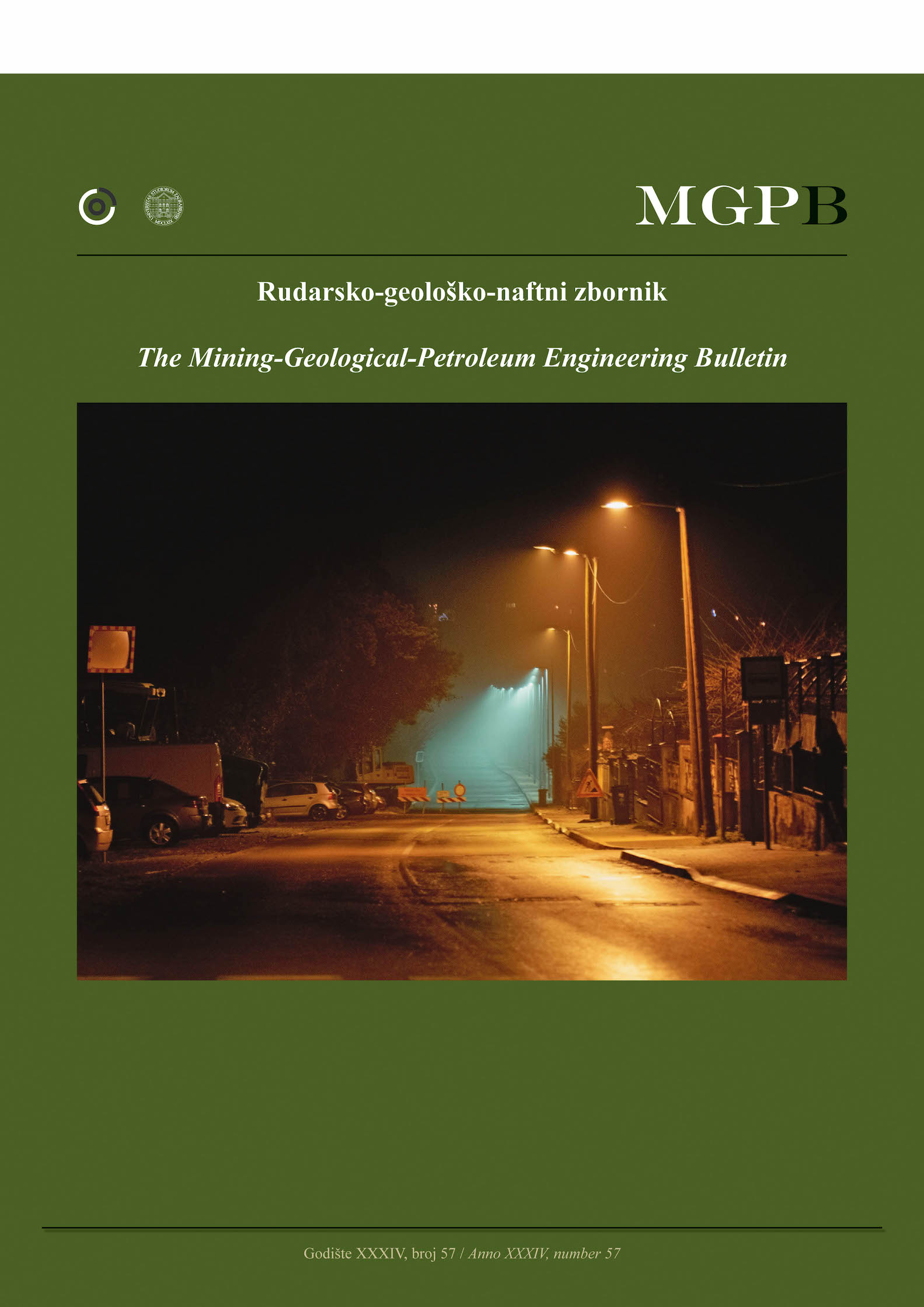Application of Solid Expandable Tubulars in the Petroleum Industry
DOI:
https://doi.org/10.17794/rgn.2022.1.14Keywords:
expandable tubulars, cone expander, liner, liner hanger, cementingAbstract
The development of solid expandable tubular (SET) technology and products (open hole liner, open hole clad, cased hole liner, liner hanger, internal casing patch, etc.) has enabled operators to plan well design in a new way and solve various problems that arise during drilling and exploitation on land and offshore. By including an expandable open hole liner, monobore open hole liner or monobore openhole clad in well design, it is possible to achieve a slim hole design and/or resolve unwanted situations that occur during the drilling of problem zones with minimal hole size reduction and reach hydrocarbon reserves which cannot be achieved economically by conventional technology. By installing an expandable cased hole liner or internal casing patch in production wells to cover the intervals of a corroded casing or to close old perforations, it is possible to extend the life cycle of a production well and increase the final hydrocarbon recovery and speed up the return on investment. The aim of the paper is to systematically review the relevant literature and give an overview of solid expandable tubular technology and its applications in the petroleum industry, as well as the cementing technology of open hole expandable liners. The available data for 21 case studies of SET application in onshore and offshore wells were analyzed in detail. Based on an extensive review of the literature and analyzed data, it can be concluded that SET technology is being successfully applied worldwide and that expandable liners with a diameter of 114.3 mm to 339.72 mm are being run in wells to ever greater depths (up to 5166 m) and in ever more extreme downhole conditions.
Downloads
Published
How to Cite
Issue
Section
License
Copyright (c) 2021 authors and journal

This work is licensed under a Creative Commons Attribution 4.0 International License.
Creative Commons-BY
Authors who publish with this journal agree to the following terms:
In agreeing this form, you certify that:
- You read the ethical codex of the RGN zbornik available at journal web.
- You submitted work is your original work, and has not previously been published and does not include any form of plagiarism.
- You own copyright in the submitted work, and are therefore permitted to assign the licence to publish to RGN zbornik.
- Your submitted work contains no violation of any existing copyright or other third party right or any material of an obscene, libellous or otherwise unlawful nature.
- You have obtained permission for and acknowledged the source of any illustrations, diagrams or other material included in the work of which you are not the copyright owner.
- You have taken due care to ensure the accuracy of the work, and that, to the best of your knowledge, there are no false statements made within it.
- All co-authors of this submitted work are aware of, and in agreement with, the terms of this licence and that the submitted manuscript has been approved by these authors.
Publication licence
You retain copyright in your submitted work, according to journal license policy (CC-BY). By signing this form you agree that RGN zbornik may publish it under the publication licence. In summary the licence allows the following:
Anyone is free:
- To copy, distribute, display, and perform the work.
- To make derivative works.
Under the following conditions:
- The original author must always be given credit.
- The work may not be used for commercial purposes.
- If the work is altered, transformed, or built upon, the resulting work may only be distributed under a licence identical to this one.
Exceptions to the licence
In addition to publishing the work printed under the above licence, RGN zbornik will also enable the work to be visible online.
The journal editorial can change the licence rules anytime but it cannot retroactively restrict author(s) rights.


